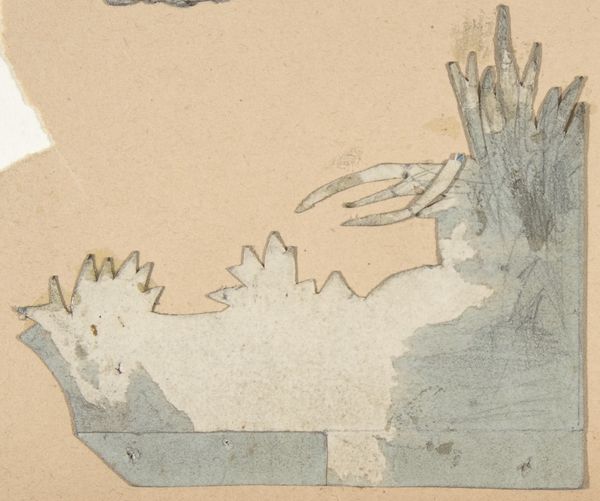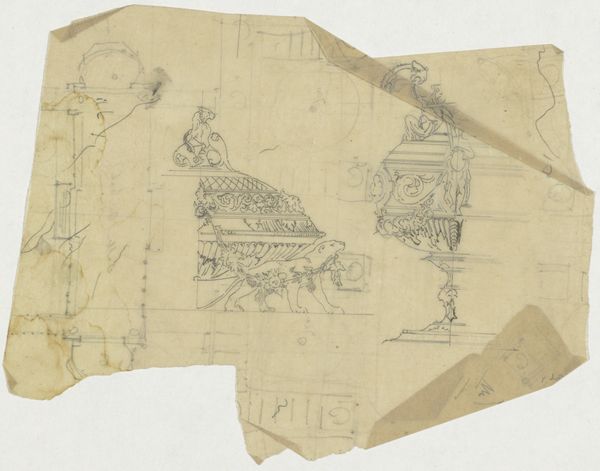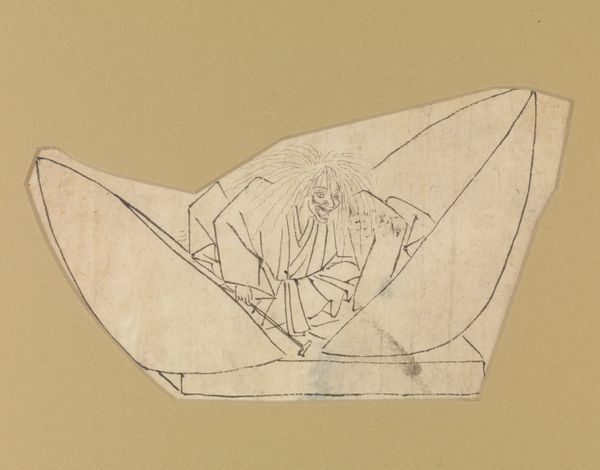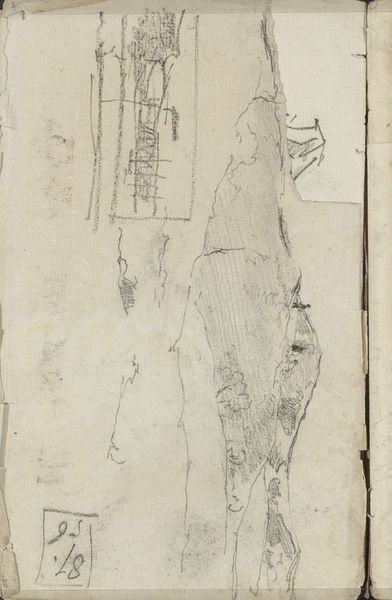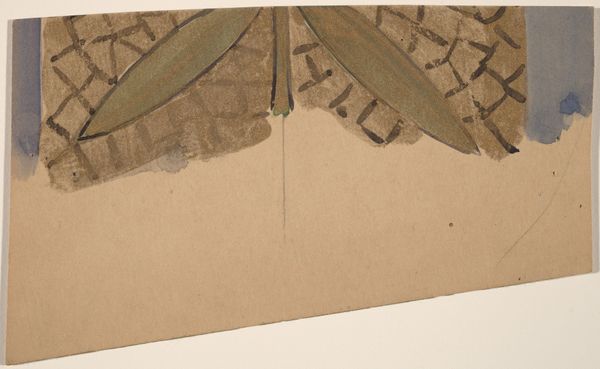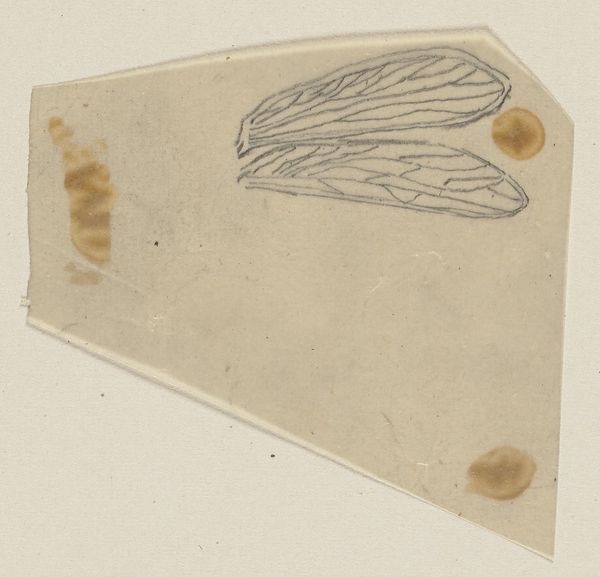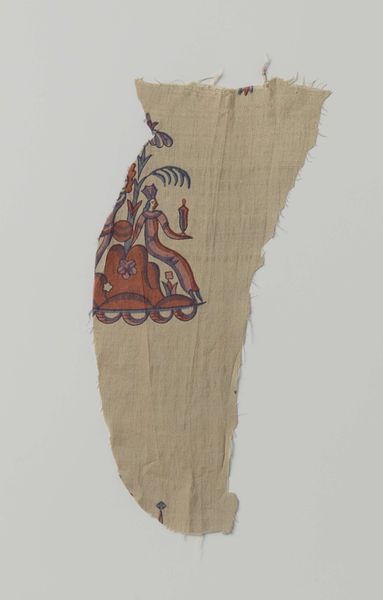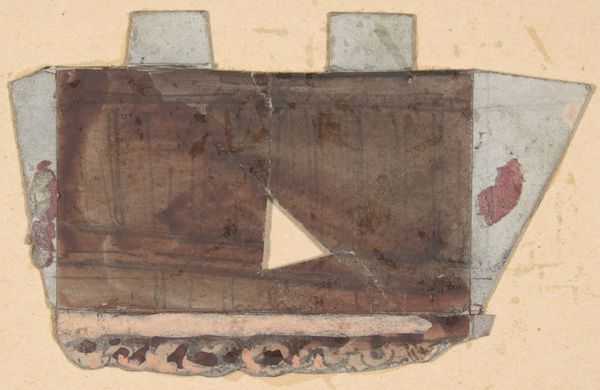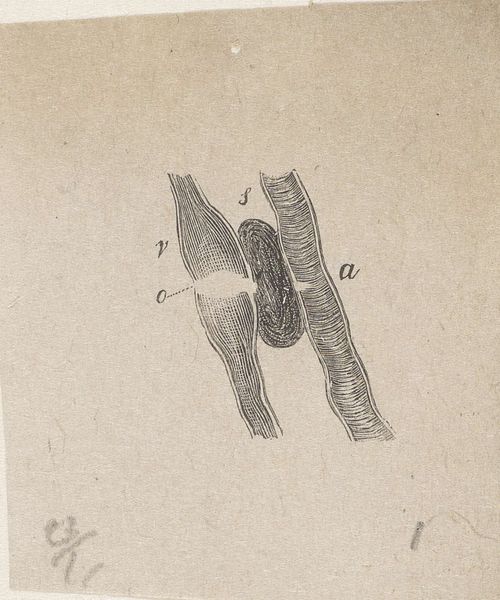
Design for a Stage Set at the Opéra, Paris 1830 - 1890
0:00
0:00
drawing, print, paper, pencil
#
drawing
#
neoclacissism
# print
#
paper
#
coloured pencil
#
pencil
#
history-painting
Dimensions: Irregular sheet: 2 9/16 x 2 5/8 in. (6.5 x 6.7 cm)
Copyright: Public Domain
Editor: Here we have Eugène Cicéri’s “Design for a Stage Set at the Opéra, Paris,” dating from sometime between 1830 and 1890. It’s a drawing, primarily in pencil, on paper. It's quite minimal, almost like an architectural sketch. I’m struck by its simplicity given it was for the Opéra. What historical context is informing this design? Curator: That's a keen observation! Remember, the Opéra in Paris was more than just a place for entertainment; it was a site of political and social power. Stage designs like this reflect the changing tastes and ideologies of the time. Consider the political upheavals France experienced during the 19th century. How might these socio-political shifts impact the visual arts and stagecraft? Editor: I hadn't thought about it that way, but makes sense. With revolutions and regime changes, tastes would naturally shift, becoming more simplified…less ornate? Curator: Exactly! Notice how the neo-classical style is employed. What was Neoclassicism used for in this historical period? Was it merely an aesthetic preference, or did it convey broader ideological messages, especially within a public space like the Opéra? Editor: It reminds me of Roman grandeur, suggesting a return to order and reason. So, the set design, even in its draft form, subtly reinforces those values, and would perhaps have political undertones appealing to certain factions while alienating others? Curator: Precisely. Now think about the accessibility of the Opéra itself. Was it truly open to all, or did social hierarchies dictate who could attend and thus experience these visually-laden performances? Editor: Ah, so the art is actively participating in maintaining or challenging the established social order. The very act of designing and presenting this was a political act. I see so much more than just a set design now. Curator: Indeed. And understanding the power dynamics at play allows us to truly appreciate the layered meanings embedded within even a seemingly simple sketch.
Comments
No comments
Be the first to comment and join the conversation on the ultimate creative platform.

